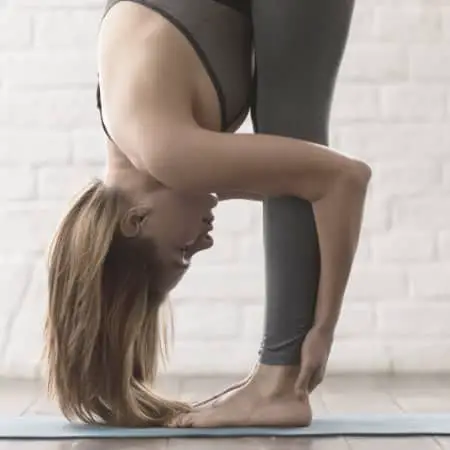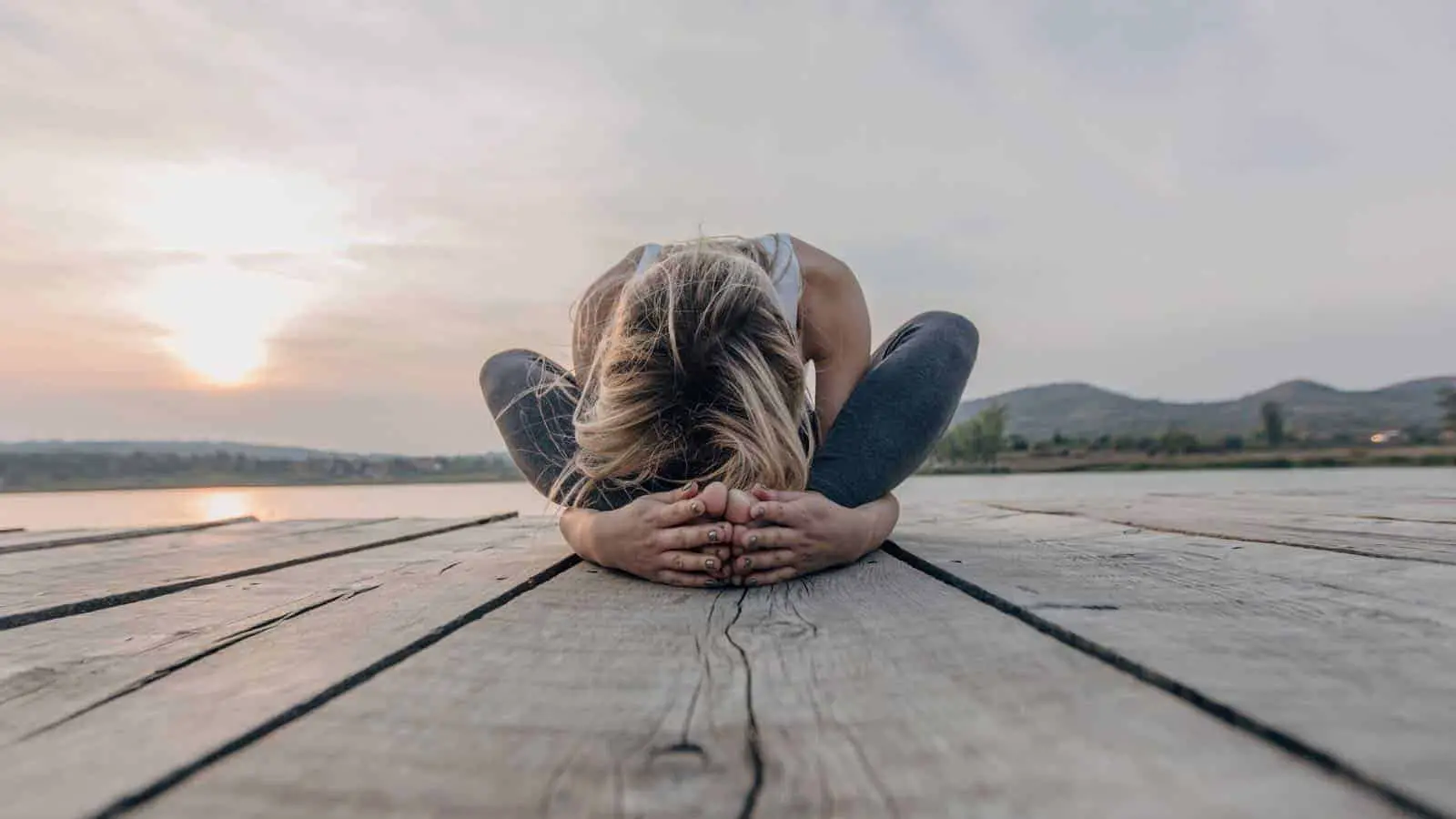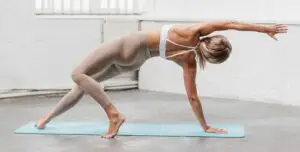Yoga comes with a variety of health benefits. This is why there are many different reasons why someone might want to start this practice. One of those reasons is wanting to become flexible, but how often should one practice yoga to reach that goal?
If you’re practicing yoga to become flexible, there is no guaranteed time frame in which you can see results. It depends on how naturally flexible your body is. Some people can achieve results when practicing yoga once or twice a week, while others may need to practice daily for the same results.
If you are interested in practicing yoga to become more flexible, read on. You might also learn some information that can help you move towards this goal.
How Often You Need to Do Yoga to become flexible?
The truth is that there is no one-size-fits-all answer to this question. How often you will need to do yoga depends on your body. Everyone is put together differently. Some people are extremely naturally flexible, while others are not flexible at all.
Several factors influence how long it takes to achieve your flexibility goals, including:
- Age
- Gender
- Current activity level
- Strength
- Past injuries
- Genetic predisposition
If you are very naturally flexible, doing yoga for an hour one or two times every week could be enough to reach peak flexibility and maintain it. However, if you are on the lower end of the scale in terms of flexibility, you might need to practice yoga every single day in order to keep your muscles and joints flexible.
Any type of yoga will help with the flexibility and mobility of your joints, although some will work more quickly than others. If your end goal is high flexibility, you may want to look into longer holds that Yin Yoga offers. Most of the time, you will have to hold poses for two to five minutes with Yin Yoga; this will allow sufficient stretching of your body.
You might also wonder if there is a maximum amount of yoga that you can practice. For the majority of people, there are no restrictions on the upper end. As long as you do it safely, you can do yoga every day or even more than once every day to keep your body flexible.
One thing that you need to keep in mind, however, is that if you are doing flexibility training, you need to be doing strength training as well. If you focus only on flexibility, you could potentially develop instability and hypermobility in your joints. Strength training will help you build muscle around these joints, which will protect them from injury even with very frequent yoga.
What Types of Yoga Are Best for Flexibility?
If you are doing yoga for flexibility, there are certain types of yoga that will be more effective than others. The following are some of the best options:

- Hatha yoga. Technically, any yoga that incorporates postures, or asanas, is Hatha Yoga. However, the term is used for a well-rounded yoga class that includes stretching, dynamic poses, breathing exercises, strength training, and more.
- Yin yoga. This is a good type of yoga to practice for someone who doesn’t currently have a lot of energy. You can hold poses for 10 minutes or more, many of which are seated. These long holds will help work and strength connective tissues in your body and ultimately expand your range of motion.
- Iyengar yoga. A staple attribute of this practice is that you adapt poses to your body rather than the other way around. You will hold poses for longer, and there is a great deal of emphasis on bending and folding, which is sure to help you become more supple and flexible.
- Vinyasa yoga. This type of yoga involves more movement and is more physically strenuous. This will help you not only gain flexibility but also convert it into actual mobility.
- Bikram/Hot yoga. This type of yoga is controversial, but it can help quite a bit with flexibility. Because of the heat in the surroundings, you are able to push your body into poses that you may not be able to do otherwise.
How to Maximize Results
You can get more flexible by doing yoga, but you can do a few things to see results more quickly.
Be Consistent
The more frequently you are doing yoga, the better if you want to improve in a certain way. Five minutes of yoga daily is better than an hour weekly. This will help you ingrain yoga into your life, and it’ll usually be easier to put aside a few minutes here and there rather than trying to find long blocks of time.
Keep Breathing in Mind
How far you can go in your stretch, and thus how much you can work on your flexibility, is directly tied to your autonomic nervous system. If you are able to be mindful of your breathing and keep your breathing patterns relaxed, this will minimize sympathetic nervous system activity, such as the stress response, that can lead to tension in the muscles.
Your breathing patterns can actually help assure your mind that a longer range of motion is safe for you.
Do Strength Training
Tense, inflexible muscles are usually not very strong. It would help if you focused not only on stretching and lengthening but also on strengthening. You can even plan different types of yoga to accommodate this need. On some days, you can do softer types of yoga, such as Iyengar or Yin, and you can alternate them with days of more intense Power Yoga or Vinyasa Yoga.
Weightlifting can also be good for those who want to strengthen their muscles.
Maintain Your Gains
Some people may be likely to stop their yoga practice as soon as they see that they have become more flexible. However, this can lead to you losing your progress. It’s important to stay active with yoga and continue to explore new workouts. Your body is likely only going to sustain the amount of flexibility you use daily.
Be Patient
It’s easy to fall into the trap of quitting because you don’t see results right away. However, it would be best to keep in mind that progress can take some time when you are doing yoga. If you do not see results as quickly as you would have expected, keep at it. Be kind to yourself and push yourself to get better, but don’t try to push yourself past your limits.
Enjoy Yourself
When you start yoga, you are embarking on a journey. You may have the primary goal of improving your flexibility, but you need to understand that your improvement will be a process. There are also many other benefits that you are likely to derive from the practice that you will not have expected.
Conclusion
If you are doing yoga to become more flexible, you have chosen a good practice. Yoga can help not only with flexibility but with other aspects of your overall health as well. However, there is no time frame that can be applied to everyone as far as how long it will take for the practice to make you more flexible. It depends on your body and circumstances.
What’s important is that you regularly persist with your yoga, and you should see results. Even if they don’t happen immediately, you will see them eventually with effort and patience.








